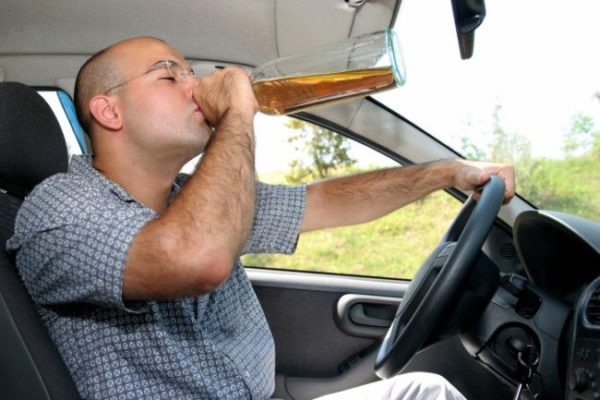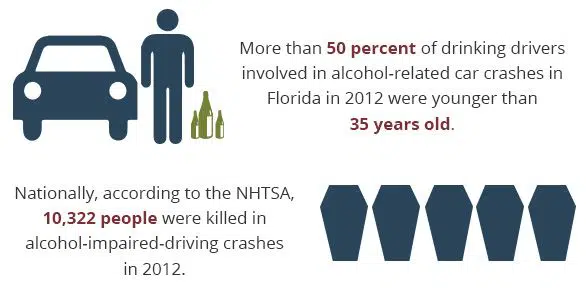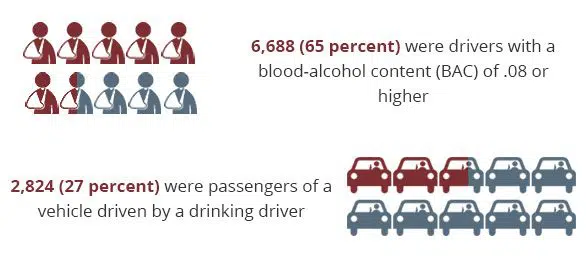It is clearly understood that drinking and driving and the drunk driving accidents that follow are a threat to innocent drivers and pedestrians in Florida and across the nation.
This may be why the National Highway Traffic Safety Administration (NHTSA) and the Automotive Coalition for Traffic Safety (ACTS), a group of 17 car manufacturers, are turning to technology for the answer to America’s drunk driving problem.
First, let’s examine the issue:
The Florida Department of Highway Safety and Motor Vehicles reports that, over a recent three-year period, there was an average of 6,625 car accidents each year in our state in which alcohol was known to have been a factor. In another 4,815 crashes each year, on average, alcohol use was a suspected factor.
In that same three-year period, the latest for which figures have been published, alcohol use was suspected or confirmed in:
Additionally:
- 1,170 (11 percent) were occupants of another vehicle
- 810 (8 percent) were not vehicle occupants (such as pedestrians or bicyclists).
Despite decades of focus on reducing drunk driving by law enforcement, courts, legislators and public groups like MADD, 31 percent of all motor vehicle traffic fatalities in the U.S. in 2012 were considered alcohol-impaired driving fatalities, according to the NHTSA.
Turning to Technology for a Solution
In response to this problem, the NHTSA and ACTS working to develop a system called, Driver Alcohol Detection System for Safety (DADSS). This is a first-of-its-kind technology. It will detect when a driver is intoxicated with a BAC above the legal limit (.08). It will prevent the car from moving.
The hope is that, eventually, DADSS will be made available as a safety option in new vehicles.
The initiative is currently testing two prototype systems. One is a breath-based system. The other is a touch-based system, which uses near-infrared light to measure the concentration of alcohol in a driver’s skin tissue.
The objective is to come up with a system that detects a driver’s BAC automatically, without the driver having to do anything specific to activate it.
This system would be different from court-mandated ignition-interlock systems, which require a driver to breathe into the device. The DADSS system would be part of the car and not noticed by a driver who was not sufficiently intoxicated.
DADSS, which would be a voluntary option in new cars, could be ready to be integrated into vehicles in about five to eight years, program officials say.
We look forward to a day when technology could make drunk driving a relatively minor cause of car accidents in Florida and elsewhere.
In the meantime, the law firm of Frank M. Eidson, P.A., will continue to stand up for the rights of drunk driving crash victims and their families. If you or a loved one has been injured in one of these accidents, contact us today for a free consultation and help with your legal claim.














